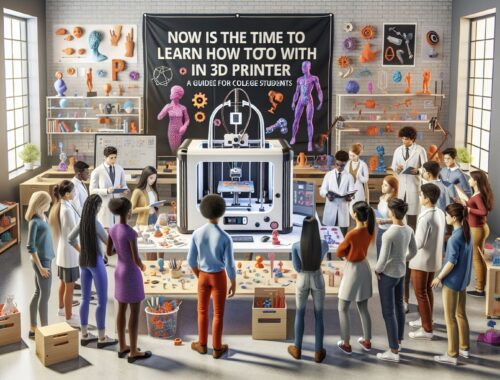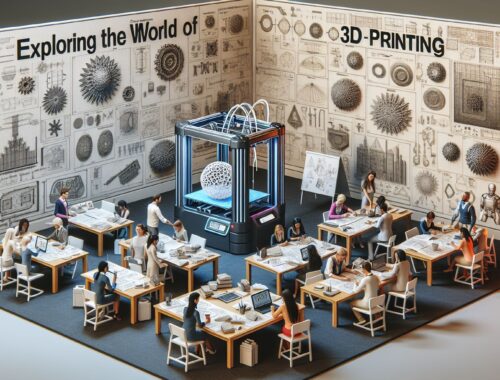
Exploring the World of 3D Printing: A Guide for Educators
In today’s rapidly advancing technological landscape, 3D printing has emerged as a groundbreaking innovation with the potential to revolutionize the way we create and learn. For educators, 3D printing presents an exciting opportunity to engage students in hands-on, interactive learning experiences that foster creativity, problem-solving skills, and a deeper understanding of complex concepts. But what exactly is a 3D printer, and how does it work? Let’s delve into the world of 3D printing to find out.
What is a 3D Printer?
A 3D printer is a cutting-edge device that turns digital designs into physical objects by building them layer by layer. Unlike traditional printing, which creates a flat image on a piece of paper, 3D printing allows users to bring their ideas to life in three dimensions. This transformative technology has a wide range of applications, from prototyping and manufacturing to medicine and art.
How Does a 3D Printer Work?
At the core of a 3D printer is a process called additive manufacturing, which involves building an object by adding material one layer at a time. The most common type of 3D printing technology is known as fused deposition modeling (FDM), where a plastic filament is melted and extruded onto a build platform according to the specifications of a digital model. As each layer is deposited, the build platform moves down incrementally, gradually creating a three-dimensional object.
In addition to FDM, there are various other 3D printing technologies, such as stereolithography (SLA) and selective laser sintering (SLS), each with its unique approach to creating objects. Regardless of the specific method used, the fundamental principle of additive manufacturing remains the same: building up material layer by layer to construct a physical object.
Integrating 3D Printing into the Classroom
For educators, 3D printing offers countless opportunities to enhance the learning experience and inspire students to think creatively. By incorporating 3D printers into the classroom, teachers can introduce hands-on projects that allow students to design, prototype, and test their ideas in real-time. From creating models of complex scientific concepts to building replicas of historical artifacts, the possibilities for educational applications of 3D printing are virtually limitless.
Moreover, 3D printing can help students develop essential skills such as critical thinking, teamwork, and problem-solving. By engaging in project-based learning with 3D printers, students can gain practical experience in design, engineering, and manufacturing processes, preparing them for future careers in STEM fields and beyond.
The Future of 3D Printing in Education
As 3D printing technology continues to evolve and become more accessible, its potential to transform education is only growing. With an increasing number of schools and educational institutions integrating 3D printers into their curricula, students are gaining valuable hands-on experience and developing essential skills for the future. From engineering and design to art and medicine, 3D printing will continue to play a significant role in shaping the next generation of innovators and creators.
In conclusion, 3D printing is a transformative technology that has the power to revolutionize education and inspire students to think creatively and critically. By embracing the possibilities of 3D printing in the classroom, educators can unlock new opportunities for hands-on learning, collaboration, and innovation. As 3D printing continues to become more popular, the future of education is sure to be shaped by the limitless possibilities of this groundbreaking technology.
So, let’s embark on this exciting journey into the world of 3D printing and discover the endless possibilities it holds for educators and students alike.
You May Also Like

The Best 3D Printer Brands for Hobbyists
May 18, 2024
Now is the Time to Learn How to Print with a 3D Printer: A Guide for College Students
February 3, 2024

